Navigating Homeowner’s Insurance
A Brief Guide to Protecting Your Home
Make sure you understand what is and is not covered
Homeownership brings not only joy but also the responsibility of safeguarding your investment against the unexpected. Homeowners insurance is a crucial shield, but understanding what is and isn't covered can be complex. In this short guide, I’ll give you some tips I’ve learned over the years.
Homeowners should be well-informed when purchasing a homeowners insurance policy. This knowledge becomes particularly valuable in the unfortunate event of storm damage to your home, ensuring you understand the extent of your policy's coverage. Severe storms often bring hazards like hail, wind, and fallen trees, primarily affecting your home's roof and gutter system.
Fortunately, most homeowners' insurance policies typically include coverage for wind and storm-related damage. In the aftermath of a powerful storm unleashing hail, wind-driven rain, or snow that wreaks havoc on your home's exterior or breaches the roof or walls, being familiar with your policy's coverage becomes paramount. This awareness is especially beneficial when navigating the necessary repair work.
In cases where fallen trees cause damage to your home, your policy may also encompass tree removal services. Being aware of this aspect of coverage can prove invaluable, providing homeowners with the support they need to address various forms of storm-related damage effectively.
Common types of coverage
1. Dwelling Coverage: What's Covered: The structure of your home, including walls, roof, gutters, floors, built-in appliances, and more. Not Covered: Damage caused by certain natural disasters like earthquakes or floods may require separate coverage.
2. Personal Property Coverage: What's Covered: Your belongings, such as furniture, electronics, and clothing, are generally covered against perils like theft, fire, and vandalism. Not Covered: High-value items, such as jewelry or art, may have coverage limits. Consider additional endorsements for these.
3. Liability Coverage: What's Covered: Protection in case you are found responsible for injuries to others or damage to their property. Not Covered: Intentional acts or business-related liability may not be covered.
4. Additional Living Expenses (ALE) Coverage: What's Covered: Costs for temporary housing and living expenses if your home is uninhabitable due to a covered event. Not Covered: Upgrades to your lifestyle or expenses unrelated to the covered event.
Tips to understand and navigate your coverage
1. Read and Understand Your Policy: Dive into the details of your homeowner’s insurance policy. Pay attention to coverage limits, exclusions, and any optional endorsements. Always make sure you understand how much your deductible costs. High deductibles could make repairs unaffordable.
2. Ask Questions: Don't hesitate to ask your insurance provider questions. Clarify any terms or coverage aspects that seem unclear.
3. Regularly Review and Update: As your life changes, so do your coverage needs. Regularly review and update your policy to ensure it aligns with your current circumstances.
4. Consult with Your Agent: Your insurance agent is a valuable resource. Consult with them to tailor your coverage to your specific needs and circumstances.
If you’re not happy with your current agent/policy or are looking to get additional insurance quotes, I recommend Integrity First Insurance. See our Preferred Vendors for our curated list of preferred local vendors and partners.
Written by: Justin Fitzpatrick

